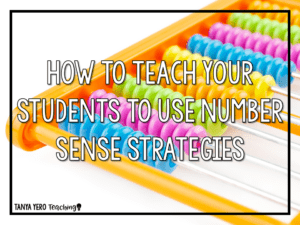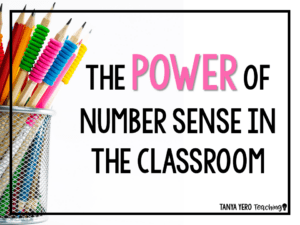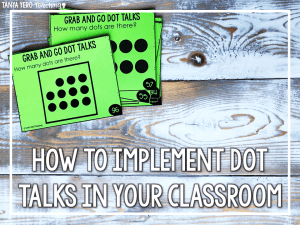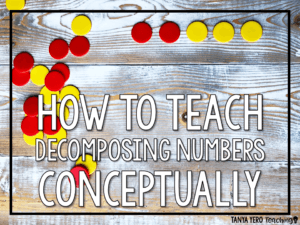
Why I’ll Never Use Timed Tests To Assess Fact Fluency Again
Recently, I created a post on Instagram regarding fact fluency and timed tests. Here is the caption that accompanied the post: “I used to think

Recently, I created a post on Instagram regarding fact fluency and timed tests. Here is the caption that accompanied the post: “I used to think

I have written several blog posts on number talks (CLICK HERE and HERE to read more) and how to implement this practice in the classroom.

When I first started teaching I taught “to the test.” I taught 3rd grade which in Florida is a grade level that completes standardized testing.

Starting a new routine in your classroom can feel overwhelming. Sometimes we even abandon implementing something new because we don’t know where to start or

Dot talks are an off-shoot of the daily classroom number concepts called “number talks.” Dot talks can be incorporated into number talks, and can be

Primary teachers feel loads of pressure to ensure that their students are able to understand and master basic mathematical concepts. Because the subject of mathematics
COPYRIGHT © 2019 — TANYA YERO TEACHING • ALL RIGHTS RESERVED • SITE BY LAINE SUTHERLAND DESIGNS
This website uses cookies to ensure you get the best experience on our website.
See full disclosure here.
This website uses cookies to ensure you get the best experience on our website. See full disclosure here.